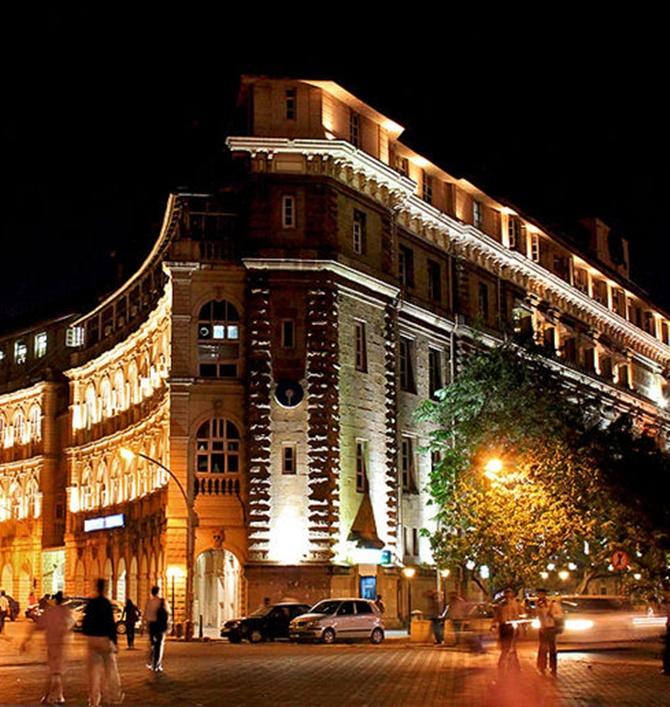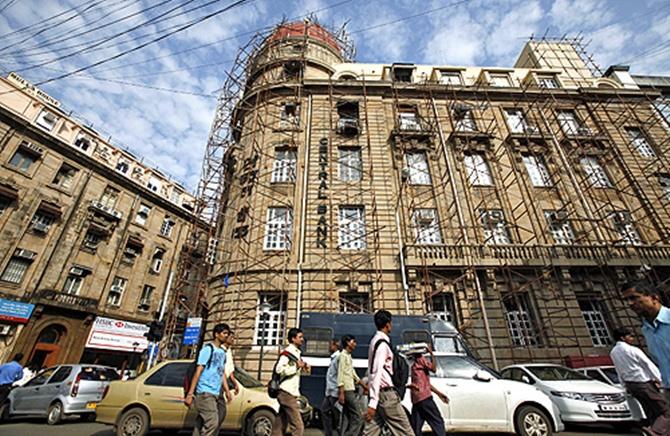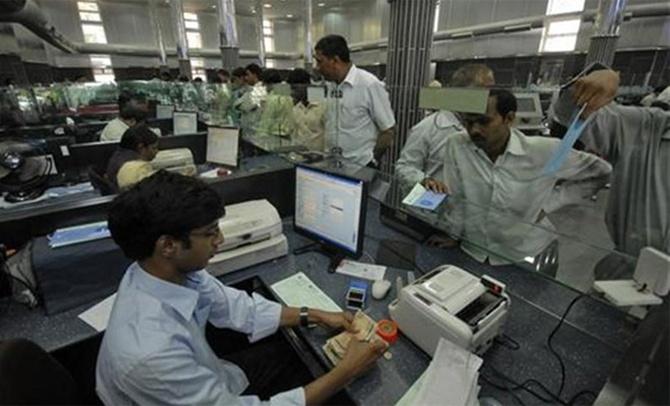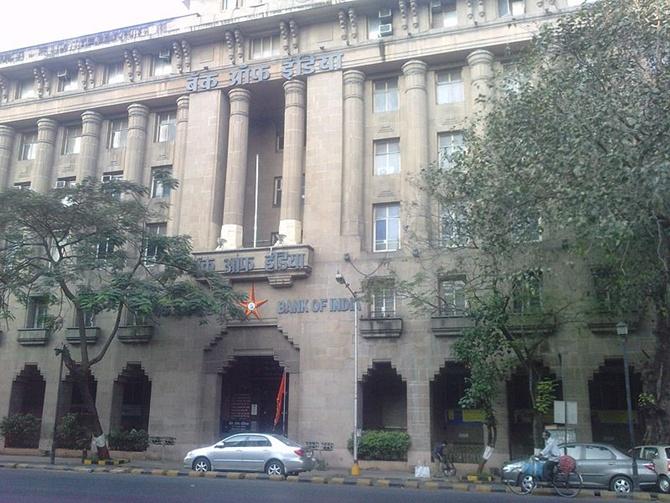 | « Back to article | Print this article |
Why is the govt running its banks so badly?
P Chidambaram is quoted as saying in Davos that “As long as the public sector is competitive and run on commercial terms, there is no reason to take state enterprises apart.”
So let’s look at banks. India has 24 listed government-owned banks — State Bank of India and three associates, 14 banks nationalised in 1969, and six banks nationalised in 1980.
The combined market value of these banks last weekend, with the exception of State Bank of India, was about Rs 1.59 lakh crore. That was fractionally less than the value of a single HDFC Bank, which started from scratch in 1993 and had a market cap of Rs 1.6 lakh crore.
The brightest star on the public sector banking horizon, State Bank of India, had a value on the market (Rs 1.13 lakh crore) that was less than that of ICICI Bank (Rs 1.21 lakh crore).
Click NEXT to read more...
Why is the govt running its banks so badly?
In other words, two private banks of relatively recent vintage commanded greater value than the entire public sector banking system.
Why, a government-owned stalwart like Central Bank of India was valued less than the relatively modest Federal Bank.
Why do government banks command such little value when they account for three quarters of total banking? The short answer is that they are less profitable.
What is more, the market does not think even their present rate of profitability can be sustained.
This lack of confidence is reflected in the price-earnings (P/E) ratios that most government-owned banks command; they are almost all in the single digit, and most are at barely five times earnings.
In comparison, some, if not most, of the leading private sector banks have P/E ratios in the double digits; HDFC Bank has a ratio of more than 30.
Click NEXT to read more...
Why is the govt running its banks so badly?
The relatively poor performance of government-owned banks comes at a cost to taxpayers. Each year, the government is forced to pump fresh capital into its banks - more than Rs 10,000 crore (Rs 100 billion) annually.
Given the mounting figures for bad loans, the annual need for fresh capital can only grow - at a time when the government has zero fiscal cushion. Will the government explain to taxpayers why it is running its banks so badly that fresh capital has to be injected in large dollops every year?
How much would the government gain if bank managements were strengthened, their risk-assessment capabilities improved so that so many of their loans did not go bad, and freedom from political pressure assured?
Remember that the ratio of tricky loans to total loans for government banks is twice or three times what it is for private banks. If correctives were applied, profits would improve and the value of public sector banks could double in, say, three years; that would at least double market value, yielding additional value of about Rs 2.7 lakh crore.
Click NEXT to read more...
Why is the govt running its banks so badly?
The higher profits would also obviate the need to pump in more capital.
If the government then decided to offload some of its stock, the Budget would benefit to the extent of tens of thousands of crores annually. For those wedded to the idea of public sector banking, the government would still be the largest shareholder in these 24 banks and retain control.
This is low-hanging reform fruit, not blocked by the Opposition. The only discipline needed is that politicians should stop meddling, and businessmen with political connections should not be able to force government-owned banks to give them loans against their better judgement.
You could insulate the banks by changing the way in which bank boards are appointed, and by handing over more supervisory control to the Reserve Bank of India (which today has no say in the appointment of public sector bank chiefs). If the government baulks at this, remember the cost of its inaction.
(Disclosure: Kotak entities have a significant stake in Business Standard.)




